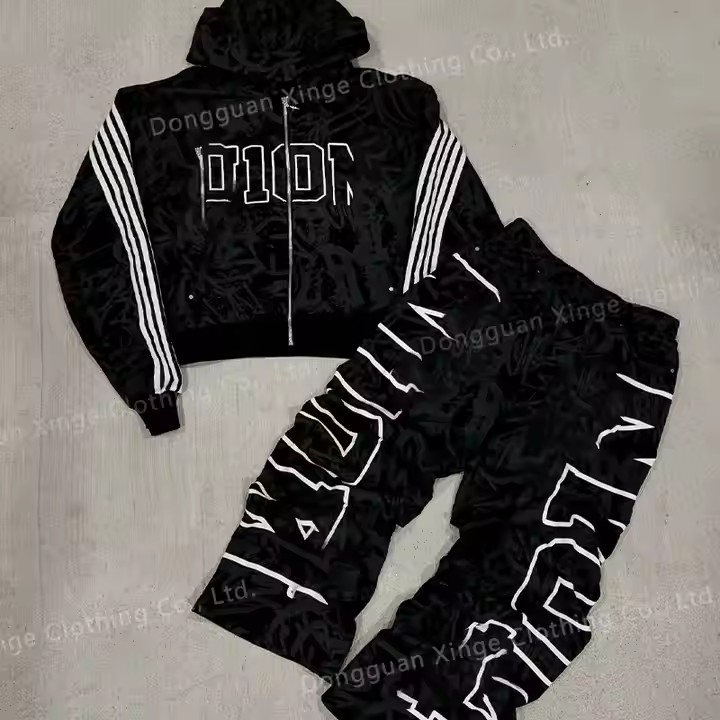In the clothing foreign trade industry, the choice of craftsmanship for customized suits is of crucial importance, as it directly affects the quality, cost, and market competitiveness of the products. With the continuous growth in global consumers’ demand for personalized and high-quality clothing, understanding how to choose the appropriate customization craftsmanship has become a compulsory course for numerous clothing foreign trade enterprises.
Consider Design Requirements
Design is the soul of customized suits, and different design patterns and styles need to be matched with corresponding craftsmanship. For complex, delicate, and colorful patterns, the embroidery craftsmanship is the best choice.
Embroidery can display the fine textures and rich layers of the patterns through the interweaving of needles and threads, making the patterns more three-dimensional and vivid. It is especially suitable for presenting designs with traditional cultural elements or high-end luxurious styles. For example, complex patterns such as dragon and phoenix patterns in traditional Chinese clothing can be vividly presented through the embroidery craftsmanship, highlighting their unique artistic charm. While for brightly colored and large-area patterns, screen printing is more appropriate.Screen printing can achieve high color saturation and clear pattern effects, and it can quickly replicate the design patterns onto clothing. It is suitable for customized suits in modern, fashionable, and casual styles. For instance, some fashionable T-shirts and sportswear with unique patterns often adopt the screen printing craftsmanship to show their distinctive design styles.
Adapt to Fabric Characteristics
Different fabric materials also have different adaptabilities to craftsmanship. For example, cotton fabric has good moisture absorption and breathability and is suitable for multiple crafts, such as screen printing, embroidery, and heat transfer printing. However, when choosing the craftsmanship, the thickness and texture of the fabric also need to be considered. Thinner cotton fabrics are suitable for gentle printing crafts to avoid affecting the hand feel and breathability of the fabric; while thicker cotton fabrics can better highlight the three-dimensional effect and texture of the embroidery craftsmanship. For high-end fabrics such as silk, due to its soft and smooth texture, the embroidery craftsmanship can better show its gorgeous texture. But when printing, special printing materials and craftsmanship need to be selected to ensure the firmness of the patterns and the vividness of the colors. For some fabrics with special functions or surface textures, such as outdoor functional fabrics with waterproof and windproof properties and fleeced fabrics, it is necessary to choose the craftsmanship that matches their characteristics, such as heat transfer printing and flocking printing, to give full play to the advantages of the fabrics and meet consumers’ dual needs for clothing performance and appearance.
In conclusion, in the clothing foreign trade industry, choosing the appropriate craftsmanship for customized suits requires comprehensive consideration of multiple factors such as design requirements, costs, batch quantities, fabric characteristics, as well as customer needs and market trends. Only by accurately grasping these factors can enterprises produce high-quality customized suit products that not only meet customers’ personalized needs but also have market competitiveness, thus standing out in the fierce international market competition.
Post time: Nov-29-2024





